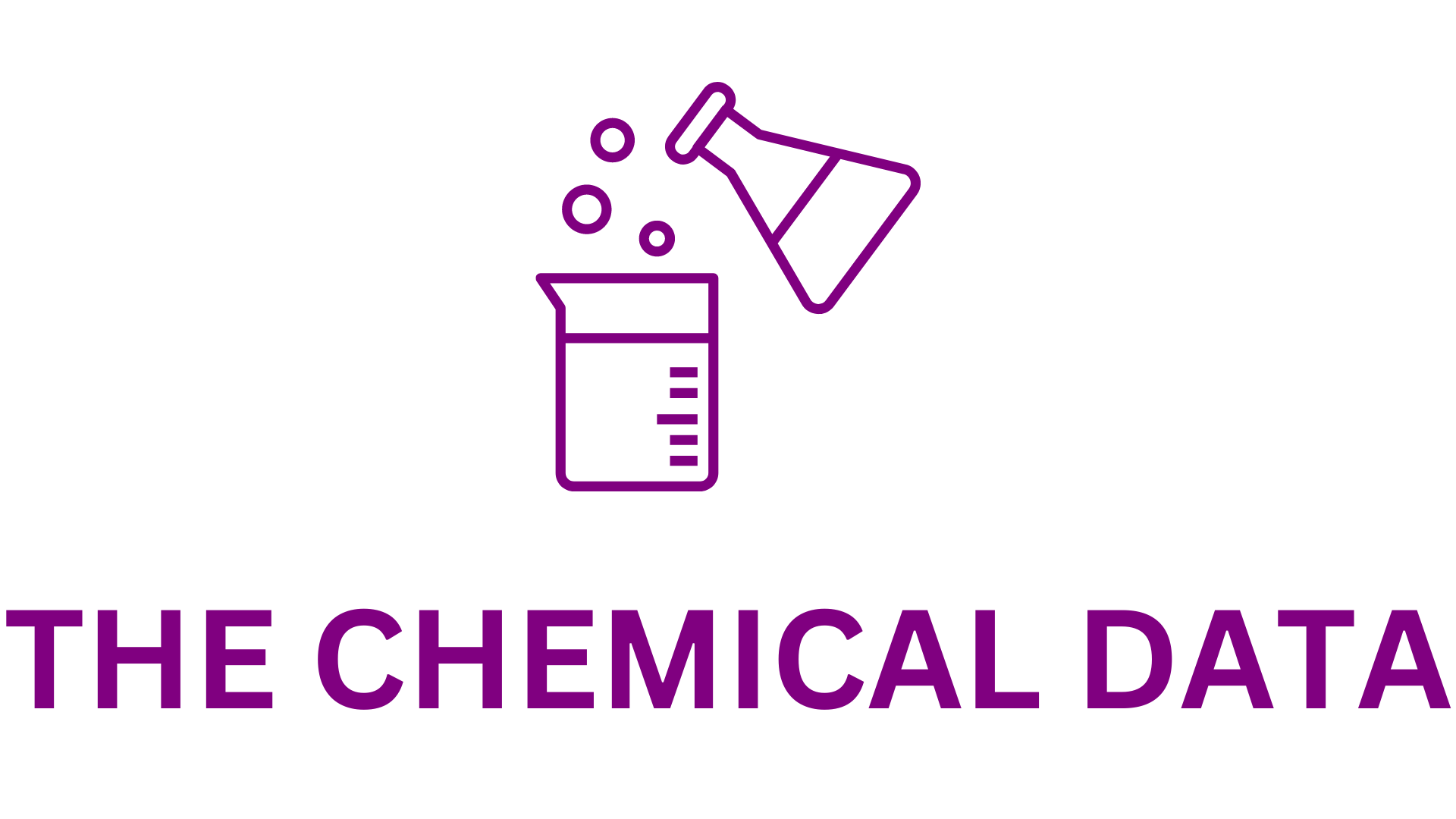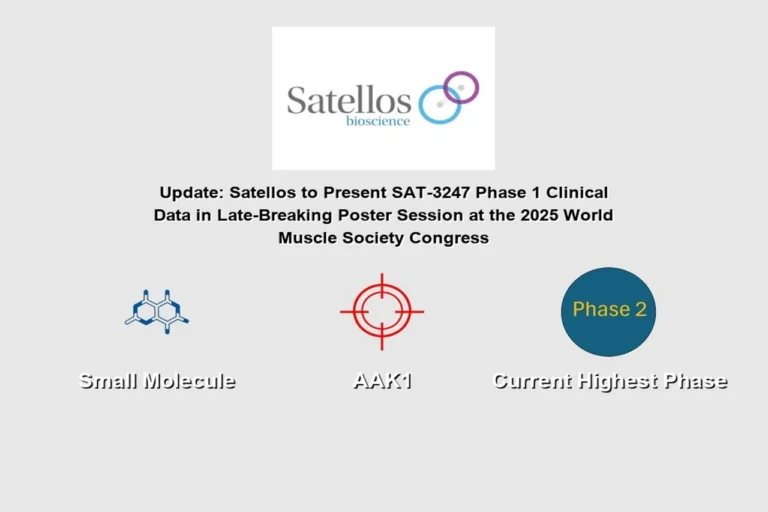
Yara Clean Ammonia Powers Groundbreaking Offshore Bunkering Pilot, Paving the Way for Maritime Decarbonization in the Pilbara
Yara Clean Ammonia (YCA), the world’s leading trader and distributor of ammonia, has taken a major step forward in maritime sustainability by playing a central role in a pioneering ship-to-ship (STS) ammonia transfer trial in Western Australia. This pilot, led by the Global Centre for Maritime Decarbonisation (GCMD), marks the world’s first STS transfer of ammonia at anchorage and is being hailed as a critical milestone in the transition toward zero- and near-zero-emission (ZNZ) marine fuels.
Conducted under the careful supervision of the Pilbara Ports Authority (PPA), the operation was carried out at the anchorage zone of Port Dampier. This strategic choice of location allowed the trial to simulate real-world bunkering conditions, offering essential data and insights into the safety, feasibility, and practicality of ammonia as a marine fuel in offshore environments.
Yara Clean Ammonia’s involvement in the initiative was integral. As one of the three primary partners—alongside GCMD and PPA—YCA supplied the ammonia for the trial, chartered one of the vessels used in the transfer, and provided extensive technical and operational expertise. The success of the pilot reinforces the viability of ammonia bunkering and strengthens its role as a key component in the maritime industry’s push toward decarbonization.
Building the Future of Green Shipping: The First Ship-to-Ship Ammonia Transfer at Anchorage
The successful completion of the ammonia STS transfer trial was the result of years of research, collaboration, and planning. This operation not only tested the logistics of transferring ammonia between vessels at sea but also demonstrated that such transfers can be done safely and efficiently under stringent operational controls.
Two gas carriers were used in the trial, including the Green Pioneer, a vessel chartered by Yara Clean Ammonia from Mitsui O.S.K. Lines (MOL). The operation was closely monitored and followed strict safety protocols, incorporating lessons from GCMD’s earlier safety assessments, including a foundational study conducted in Singapore in 2023.
The significance of this achievement lies in its demonstration that bunkering ammonia at anchorage—rather than exclusively in port or onshore terminals—is both viable and scalable. This opens new possibilities for the future of clean marine fuel logistics and strengthens the case for ammonia’s broader adoption as an alternative to conventional marine fuels.
“This successful trial is a pivotal step towards building trust in ammonia as a zero-to-near-zero emission maritime fuel,” said Murali Srinivasan, SVP Commercial at Yara Clean Ammonia. “It’s the result of world-class collaboration and careful planning—and it shows that with the right safeguards, ammonia bunkering is not only feasible but practical.”
Yara Clean Ammonia’s Role: Supplying, Supporting, and Leading
Yara Clean Ammonia played multiple crucial roles throughout the course of this project, reaffirming its position as a global leader not just in the trade of ammonia but in shaping the future of sustainable shipping. Specifically, YCA’s contributions included:
- Supplying the ammonia used in the transfer operation.
- Chartering the Green Pioneer, one of the two gas carriers involved in the ship-to-ship bunkering operation.
- Providing technical and industry expertise, particularly in developing and reviewing safety studies, conducting risk assessments, and planning emergency response protocols.
YCA’s involvement in every phase of the trial—strategic, logistical, and technical—ensured the operation adhered to the highest global safety standards while generating critical data for future ammonia bunkering operations worldwide.
The Pilbara: A Strategic Hub for Ammonia Innovation
Yara International, the parent company of Yara Clean Ammonia, has long maintained a robust presence in the Pilbara region of Western Australia. This area, rich in resources and strategically located along international shipping routes, offers ideal conditions for developing and scaling ammonia-based fuel solutions.
Yara operates one of the largest ammonia production plants in the region: the Yara Pilbara Fertilisers (YPF) facility in Karratha, which produces approximately 850,000 metric tons of ammonia annually. Around 70% of this production is exported globally via Port Dampier, which has long served as a key logistical gateway for industrial products and bulk exports.
The Pilbara’s importance to YCA’s vision is not limited to existing infrastructure. The company is investing in the future of green ammonia through initiatives such as Project Yuri, a groundbreaking renewable ammonia project currently under development. Scheduled for commissioning in 2026, Project Yuri aims to demonstrate the commercial viability of renewable hydrogen and ammonia production at scale. In addition, Yara is exploring further opportunities for low-emission ammonia production at its existing YPF site, aligning its local operations with Australia’s broader decarbonization goals.
“With our strategic location, integrated logistics, and upcoming renewable and low-carbon ammonia production, Yara Clean Ammonia is well positioned to support future ammonia bunkering in the Pilbara,” said Tessa Major, Vice President, Infrastructure Development & Demand Aggregation at Yara Clean Ammonia. “We’re not just supplying ammonia—we’re helping shape the standards and infrastructure that will enable global maritime decarbonization.”
Addressing Climate Change Through Maritime Innovation
The global shipping industry currently contributes roughly 2–3% of global greenhouse gas (GHG) emissions. As regulatory pressure mounts and the demand for cleaner alternatives intensifies, ammonia has emerged as one of the most promising marine fuels. Its potential to significantly reduce—or even eliminate—carbon emissions from shipping has made it a focal point of international decarbonization efforts.
Unlike other alternative fuels such as LNG or methanol, ammonia can be produced using renewable energy sources and emits no CO₂ at the point of use. When combined with carbon-free or low-carbon production methods (such as those proposed under Project Yuri), ammonia becomes a powerful tool in the maritime energy transition.
The recent STS trial in Dampier is not only a technological achievement but also a symbol of what cross-sector collaboration can accomplish. Partners from government, industry, and the research community came together to advance a shared goal: to prove that bunkering with ammonia can be carried out safely, even in offshore environments.
This pilot also demonstrated the importance of regulatory oversight and robust risk management. The involvement of the Pilbara Ports Authority, an experienced and safety-conscious regulatory body, was instrumental in establishing a secure and controlled testing environment. Their supervision set a precedent for future pilots and eventual commercial-scale operations.
Global Implications and Knowledge Sharing
The outcomes of this pilot go far beyond Australia’s borders. The knowledge, operational procedures, and safety frameworks developed through the project are already informing global stakeholders seeking to explore ammonia bunkering as a feasible path forward. For regulators, port authorities, ship operators, and fuel suppliers, the Dampier trial provides a real-world template that can be adapted and scaled in other regions.
Yara Clean Ammonia, in keeping with its commitment to transparent knowledge-sharing and collaborative innovation, is actively working with international partners to distribute the learnings and best practices generated during the trial.
“This pilot has generated crucial real-world data and best practices for future ammonia bunkering operations globally,” said Srinivasan. “We remain committed to sharing that knowledge and collaborating with partners and regulators to accelerate the energy transition in shipping.”
Ammonia’s Role in a Net-Zero Maritime Industry
As the shipping industry races to meet net-zero targets by 2050, the importance of proven, scalable, and safe fuel alternatives cannot be overstated. The success of this STS ammonia bunkering trial represents more than a technical win—it offers a roadmap for integrating ammonia into the global marine fuel supply chain.
However, significant work still lies ahead. Scaling ammonia as a marine fuel will require further investment in port infrastructure, new ship designs compatible with ammonia propulsion, clear international regulations, and the continued development of safe handling protocols. But with each successful pilot, the vision of an ammonia-powered shipping sector becomes more tangible.
Yara Clean Ammonia stands at the forefront of this transformation. With its global distribution network, established ammonia production footprint, and growing portfolio of clean ammonia projects, YCA is uniquely positioned to lead the maritime industry’s fuel transition. From research and development to commercial partnerships and policy engagement, YCA is charting a path that others in the industry are beginning to follow.







